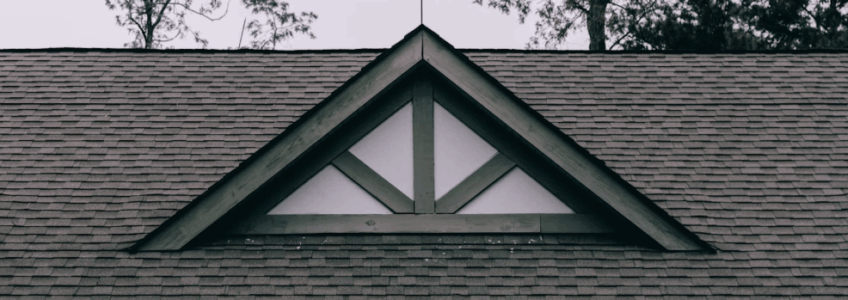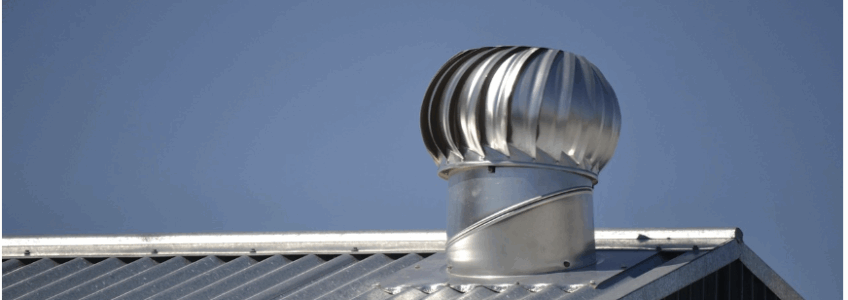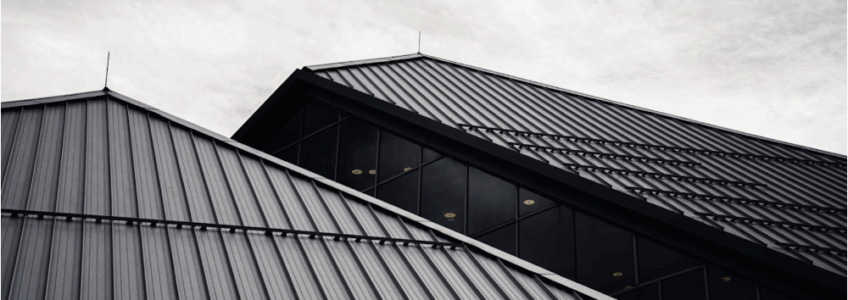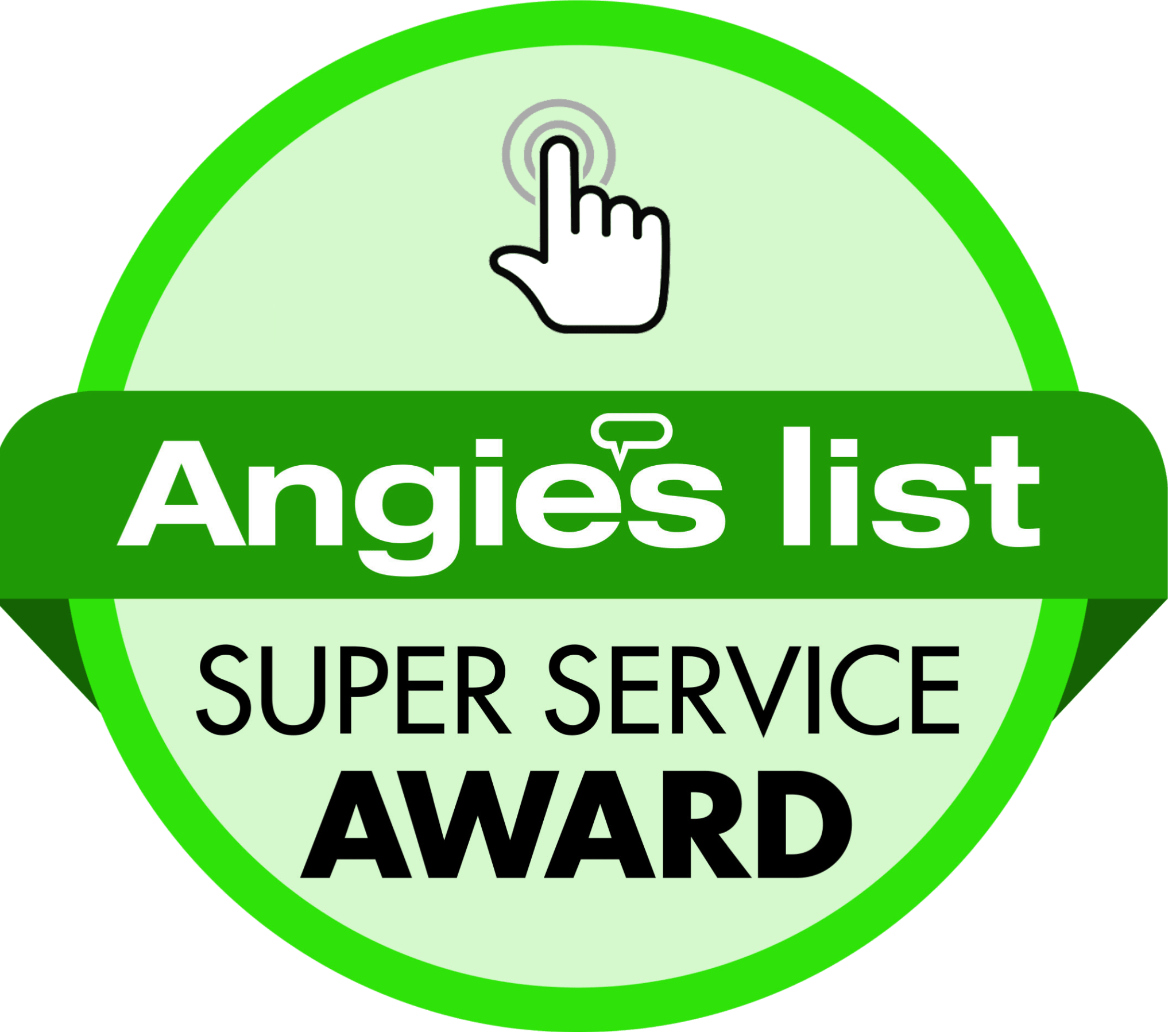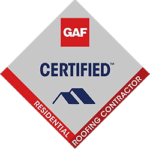Spot Roof Issues Early to Avoid High Costs
Your roof works hard every day to protect your home from rain, snow, and Minnesota’s harsh weather. But even the strongest roof can develop problems over time, especially after storms. The good news? You can often catch small issues before they become major repairs. By knowing the signs of roof damage, you’ll save money and avoid the stress of unexpected damage.
Signs of Roof Damage 101
By paying attention to subtle changes in your roof’s appearance and performance, you can extend its lifespan to keep your home safe and dry. Here’s a simple checklist for early warning signs of roof damage that you can commonly spot from the ground or with a quick inspection:
- Missing or Damaged Shingles: Take a look at your roof after a windy day. Do you see curled, cracked, or missing shingles? These gaps let water slip underneath and cause leaks. After roof storm damage, shingles are often the first line of defense to fail, so this is one of the clearest warning signs.
- Dark Streaks and Stains: Dark streaks may look like dirt, but they’re often algae or moisture-related staining. Over time, they weaken shingles and speed up deterioration. If you notice dark lines across your roof, it’s more than a cosmetic issue—it’s a sign your roof is working overtime against excess moisture.
- Granules in the Gutters: Shingles have a gritty coating that protects them from UV rays and harsh weather. If you see piles of granules in your gutters or around the base of your home, it means shingles are wearing down. Think of it like losing the sunscreen your roof needs for protection.
- Leaks or Water Stains Indoors: Brown spots on your ceiling or walls are red flags. Even tiny leaks can travel far from the original roof damage, leaving your home at risk for mold and rot. Don’t wait until a small drip turns into a bigger mess—act quickly if you spot stains.
- Sagging or Uneven Roof Lines: A roof should look straight and sturdy. If you notice sagging areas, it could mean trapped moisture, weakened decking, or structural issues. This is one warning sign you never want to ignore, as it points to more serious hidden damage.
- Ice Dams in Winter: Minnesota homeowners know the struggle: sheets of ice forming at the edge of your roof. Ice dams prevent proper drainage, forcing melting snow to back up under shingles. This can cause significant water damage inside your home if left unchecked.
Protect Your Home with A to Z Construction
Catching these early signs of roof damage can make the difference between a simple repair and a full replacement. If you live in Maple Grove, A to Z Construction is here to help. Our family-owned team has been providing expert roofing and roof storm damage services since 2004. Contact us online or call us today at 763-424-1884 so we can inspect your roof and deliver quality workmanship you can trust.
A Roof Ventilation Guide for Ultimate Protection
When you think of your roof, shingles and gutters probably come to mind first. But hidden beneath the surface lies one of the most important systems that protects your home year-round—ventilation. It isn’t just about comfort; it impacts everything from your indoor air quality to the long-term lifespan of your roofing materials. Without it, you could face problems like trapped heat, condensation, and costly structural damage. A to Z Construction has tips in this roof ventilation guide to explain some key points for home protection.
A Roof Ventilation Guide
At A to Z Construction, we’ve seen how a poorly ventilated roof can wreak havoc on Minnesota homes. To help you stay ahead of these issues, here’s a simple roof ventilation guide:
- Airflow Keeps Your Roof Cooler: Good ventilation acts like your roof’s “breathing system.” In the summer, it allows hot air to escape so your attic doesn’t turn into a heat trap. Without this airflow, shingles can age faster, energy bills can climb, and your HVAC system ends up working overtime. With proper circulation, your home feels more balanced, energy-efficient, and comfortable.
- Moisture Control Protects Your Attic: Everyday activities like showering, cooking, or even running a humidifier send moisture up into your attic. If you don’t have roof attic ventilation, condensation builds up on rafters and insulation. Over time, this dampness can invite mold growth and reduce insulation performance. Roof attic ventilation lets that moisture escape before it has the chance to cause damage.
- Preventing Ice Dams in Minnesota Winters: If you’ve ever seen thick icicles hanging from roof edges, you’ve likely witnessed an ice dam. These form when warm air in your attic melts snow on the roof, which then refreezes near the eaves. Proper ventilation helps maintain a consistent attic temperature, reducing the risk of ice dams that can tear off gutters and lead to water leaks inside your home.
- Boosting Indoor Air Quality: According to the EPA, ventilation plays a key role in improving indoor air quality. By diluting and replacing stale attic air, roof ventilation helps keep pollutants and allergens from lingering. For households with allergies or asthma, this airflow can make a noticeable difference in day-to-day comfort.
Protect Your Roof with Expert Help
As it is highlighted in our roof ventilation guide, your roof does more than keep out the rain—it regulates your home’s environment from top to bottom. A well-designed roof ventilation system prevents costly issues, improves energy efficiency, and adds years of life to your roofing investment. If you’re in Minneapolis, our team at A to Z Construction is here to help. From roof inspections to complete installations, we deliver trusted solutions backed by years of experience. Call us at 763-424-1884 or contact us online to let us ensure your roof ventilation is working exactly as it should be.
Most Common Myths Roofing Debunked
In the world of roofing, myths spread fast and can confuse homeowners trying to make the best decisions for their property. Metal roofs, in particular, often face misconceptions that stop people from enjoying their benefits. At A to Z Construction, we’ve seen firsthand how a little misinformation can hold families back from choosing a durable, stylish, and energy-efficient roofing option. Let’s clear the air and explore common roofing myths debunked.
Common Roofing Myths Debunked
Homeowners deserve clarity before investing in a new roof, which is why it’s important to have some of the common roofing myths debunked before making a decision. Learn the true facts below:
- Quiet Strength – Metal Roofs and Noise: Many people ask themselves, “Are metal roofs loud?” They imagine pounding rain creating an unbearable racket inside their homes. In reality, today’s metal roofing systems are installed over solid decking and layers of insulation that quiet outside noise. A properly installed roof is no louder than asphalt shingles. In fact, some homeowners find that the added insulation actually reduces outside sounds and makes the entire house feel more peaceful. So, when asking “Are metal roofs loud?” The answer is a reassuring no. You can enjoy the beauty and durability of metal roofing without worrying about noise.
- Rust Resistance Built to Last: Decades ago, bare metal roofs were prone to rusting. This left many homeowners hesitant about their long-term performance. Modern metal roofs, however, are designed with protective coatings, sealants, and advanced finishes that resist corrosion for decades. With simple routine care, your roof will maintain its sleek appearance while withstanding Minnesota’s snowy winters, spring rains, and humid summers. The strength of today’s materials means rust is one less worry for homeowners. In fact, a metal roof can look as good as new for many years, offering lasting value and peace of mind.
- Lightning Protection You Can Trust: This is one of the most widespread—and most misunderstood—roofing myths. A metal roof does not increase the likelihood of a lightning strike. Lightning is naturally drawn to tall structures such as trees, towers, or utility poles, not roof material. What many people don’t realize is that metal roofing actually helps safely dissipate lightning because it’s non-combustible and fire-resistant. Instead of making your home more vulnerable, a properly installed metal roof can provide an extra layer of protection.
Clear Answers, Trusted Roofing Solutions
Don’t let outdated beliefs stop you from making the best choice for your home. At A to Z Construction, we’re here to ensure you get clear answers to common roofing myths debunked. Our experienced team is ready to help with all your roofing needs. Contact us today to schedule your consultation online or call us at 763-424-1884. See why homeowners across St. Paul trust us to bring their visions to life!
Seasonal Roof Care Explained with A to Z Construction
Minnesota’s seasons bring beauty and variety, but they also take a toll on your roof. From heavy snow to blazing summer heat, each season presents a unique set of challenges that can impact the lifespan of your roofing system. Practicing seasonal roof care maintenance with A to Z Construction helps you stay ahead of potential damage to protect your home year-round.
Seasonal Roof Maintenance 101
Think of your roof as a shield that takes the brunt of every storm, temperature swing, and seasonal shift. By paying attention to how these seasonal changes affect your roof, you’ll be able to spot problems early to protect your home from unnecessary wear and tear. Here’s a guide for seasonal roof care tips to keep your roof in top shape:
- Winter Snow and Ice: Thick blankets of snow may look beautiful, but they weigh heavily on your roof over time. Ice dams form when snow melts and refreezes. This traps water that can leak into your attic and walls. Stay ahead by removing snow buildup, improving attic insulation, and keeping roof vents clear. It’s ideal to prevent ice-related issues before they spread further.
- Spring Rains and Storms: Melting snow and seasonal downpours put your roof’s drainage system fully to the test during this wet season. Clogged gutters or missing shingles can quickly lead to mold growth and costly water damage. Homeowners should inspect flashing around chimneys and skylights and clean out gutters regularly before bigger problems arise.
- Summer Heat and Sun: Prolonged exposure to intense summer sunlight dries out shingles. This usually leads to cracks, curling, fading, or even structural weakness. Consequently, high humidity during summer months can also promote mold or algae growth on roofing materials. A mid-summer seasonal roof maintenance check ensures your roof can handle the heat. Trimming overhanging branches furthermore helps improve airflow to prevent damage during summer storms.
- Fall Leaves and Wind: Autumn’s crisp air comes with piles of leaves that clog gutters and hold damaging moisture against your roof. Add in strong seasonal winds, and shingles may loosen, tear away, or leave vulnerable gaps for water intrusion. You should regularly clear away debris and remove fallen branches. This is especially important to do before winter arrives with heavy snow and ice.
Learn More About Seasonal Roof Care Today
At A to Z Construction, we’ve proudly served homeowners for over 20 years with high-quality roofing and storm damage repair. From Maple Grove to Minneapolis, our experienced team knows how to keep your home safe no matter what the Minnesota weather brings. Don’t wait for the next storm to test your roof. Reach out on our website or call us today at 763-424-1884 for seasonal roof care. Our trusted experts will protect your home year-round!



